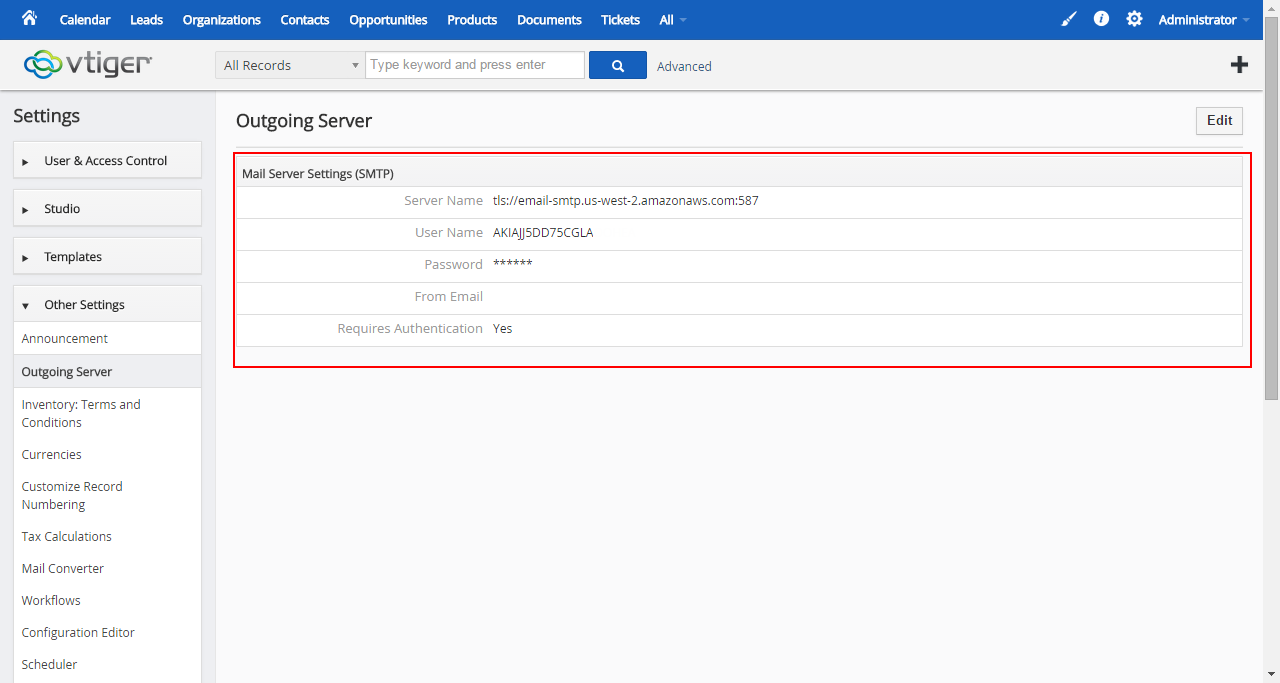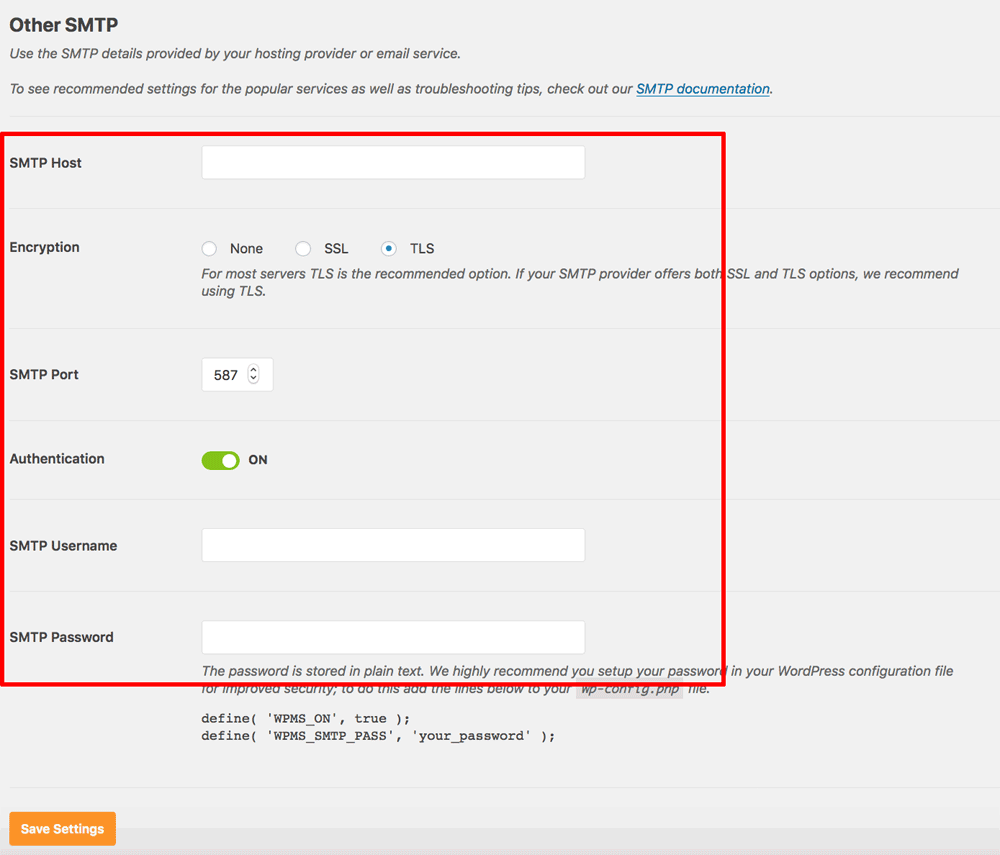



I use the notifications as a heads-up telling me that there's new mail in my S3 bucket. That'll be enough to identify spam, but you'll usually need more information than what you'll find here. The SNS notifications will arrive in a single long string of text containing just a couple of short morsels of useful but hard-to-read information. What you use for that value will depend on the AWS region where your SES resource is located. Even if your domains are managed within Amazon's Route 53, you'll need to provide a value for your record. You'll have to add an MX record to your DNS hosted zone for each domain you're using. But I will briefly mention some pain points you might encounter. There's plenty of excellent documentation available for that. I'm not going to describe all those steps in detail here.
#Aws email server information trial
Well it turns out that I was both willing and - after some serious research and trial and error - able. Everything seemed to check out.Īfter a few frustrating troubleshooting sessions I gave up and figured I'd try something completely different.īeing an AWS solutions architect and having co-authored two books for Wiley/Sybex on AWS (one a guide to the Cloud Practitioners exam and one for the Solutions Architect Associate exam), shouldn't I be willing and able to build my own stack of AWS tools that'll handle my email server needs in the cloud? Then I checked to make sure my domain hadn't somehow been blacklisted (there are numerous online tools that'll do that for you), and peeked at the state of my MX records by running dig from the command line: dig MX I confirmed that there was nothing blocking outgoing messages from leaving my server on port 25 (SMTP). Naturally I restarted Postfix, but that didn't help. var/log/mail.err was spitting out charming messages that included things like: status=deferred (delivery temporarily suspended: connect to .:25: Connection timed out)Ĭhecking the server mailboxes told me that mail was coming in, but that Postfix couldn't establish a connection to Gmail to forward messages to my address. When I noticed something was wrong, I immediately consulted my server logs. forward files I'd created in the home directories of the local server accounts I use for email - like /home/office/.forward - were cheerfully redirecting all the mail aimed at my business addresses to my daily-use Gmail account. One fine day, for no discernible reason, my Ubuntu 18.04 business server stopped forwarding mail to my Gmail address.


 0 kommentar(er)
0 kommentar(er)
